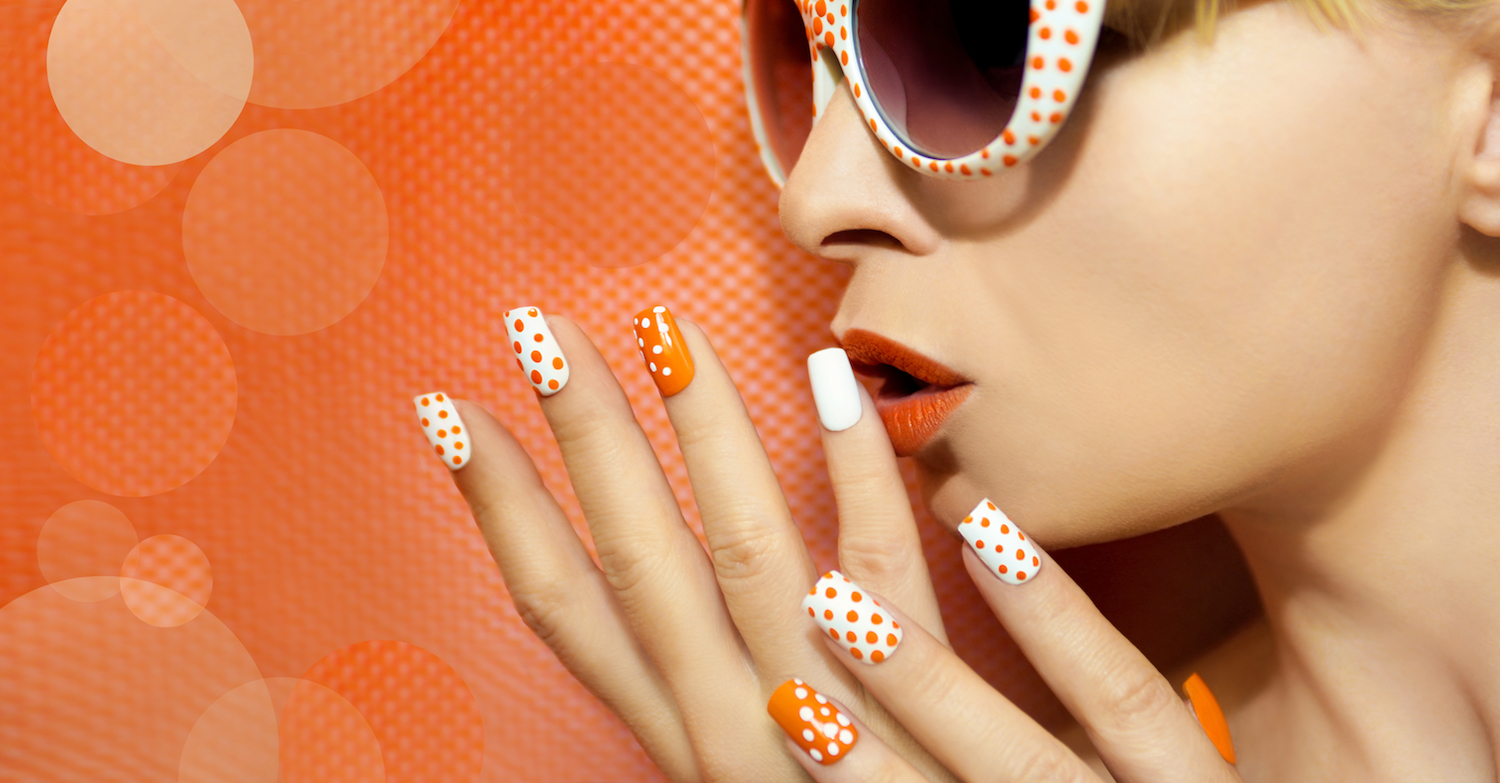Why Do Our Fingernails Keep Growing Until the Day We Die?


At 20 weeks in the womb, humans suddenly sprout tough little casings from the tips of our tiny digits. By the time we're born, our fingers and toes are crowned by fully-formed nails that will be with us for the rest of our lives. Over the ensuing decades, the average person will devote hundreds of hours to carefully clipping, painting and filing these structures. But beyond this dedication to aesthetics, few of us ponder the purpose of our nails.
Why do we have them, and why do they grow?
Most of us do know that nails are made of a tough, dead substance called keratin, the same material that makes up hair. But nails actually start out as living cells. Behind the cuticles on fingers and toes, just beneath the skin, a structure called the "root" churns out living cells that go on to form the nail. Also known as the matrix, this little pocket of flesh connects to blood vessels, which supply the nail with the nutrients it needs to make new cells. [Do Hair and Nails Keep Growing After a Person Dies?]
As keratin cells form at the root, they're slowly pushed forward by newly-formed cells jostling for space behind them. Edged out from beneath the skin and into the open, the older cells flatten and harden to form the tough shield of the nail plate. "Continuous division of matrix cells pushes the nail plate forward over the nail bed at a rate of about 3 millimeters [0.1 inches] per month for fingernails, and 1 millimeter [0.04 inches] per month for toenails," said Amanda Meyer, a lecturer in human anatomy at the University of Western Australia. So, in short, "nails grow because the cells are constantly being produced" — just like the majority of cells in our body constantly churn out fresh, new versions of themselves," Meyer told Live Science.
While they may be perfect miniature canvases for our nail art and prove useful for the occasional scratch, what's the real reason we evolved these intricate, ceaselessly-growing structures?
The answer has everything to do with how our primate ancestors adapted to life in the trees, according to Matthew Borths, a curator at the Division of Fossil Primates at the Duke Lemur Center in North Carolina. The fossil record tells us that primates, or close relatives of primates, first evolved nails on their digits between 58 million and 55 million years ago, when primates were confined to trees. "In general, primates are good at carefully climbing through trees, and it seems like the nail originally popped up as a trait that helped them accomplish that task," Borths said.
Compared to other animals, primate digits are quite broad. "Wide fingers and toes give us this larger surface area for grabbing onto branches," Borths said. That, in turn, gave our ancestors a stronger grip that helped them move through the complex arboreal network of tree trunks, branches and twigs that they inhabited.
Get the world’s most fascinating discoveries delivered straight to your inbox.
Evolutionarily-speaking, researchers think nails come into this equation because they acted like a kind of scaffold for the broad, fleshy pads of the fingers and toes. That structure maintained the wide shape of the digits and increased the surface area of the pad: When pressed down, the flesh of fingers and toes would have been flattened against the nail. By supporting this enlarged surface area, nails improved our ancestors' grip and enabled them to move more confidently through the trees. [Why Haven't All Primates Evolved into Humans?]
Food foraging
When it came to foraging for food, our wide fingers and toes would have been especially handy, Borths noted. Researchers have observed that, compared with other tree-dwelling animals, primates are particularly good at foraging for fruit at the very edge of branches, where food is much trickier to reach and grasp. "Having these big, wide fingers and toes [is] a way to really secure your grip on really narrow things," such as thin branches and twigs, where careful maneuvering would be essential, Borths said.
Researchers posit that nails also have a protective evolutionary function — working like miniature shields that cover the exposed tips of our fingers and toes. Our digits are packed with thousands of nerves, which transform them into highly sensitive tools for detecting the world around us. "If you look at the regions of the brain that primates have committed to the sense of touch from their digits, compared to the amount of space in, say, a cat's brain, primates have lots and lots of space," Borths told Live Science. That points to the importance of these appendages in helping primates to dexterously feel and navigate their way around the world — and thus, the crucial importance of nails in protecting and preserving that function by shielding them from harm.
When one line of primates — our hominin ancestors — moved down from the trees, this dexterity, sensitivity and powerful grip came in handy for crafting, manipulating and using tools. In many ways, this adaptation has since formed the foundation for the huge range of tasks our human hands can accomplish today. "Humans are superheroes when it comes to being able to use our hands in a very sophisticated, subtle way," Borths said.
Why do they grow?
But, if nails are so crucial, why aren't they made of something more permanent — like the hardy casing of enamel that protects our teeth? In other words, what's the benefit of having nails that actually grow?
Well, think of it this way: If a nail is damaged or destroyed, it won't be a catastrophe for our sensitive digits. "A constantly-replenishing nail benefits us in the fact that trauma or damage to the nail can be 'grown out' and nails can regrow if pulled off," Meyer said. After a little rehabilitation, our important digits will be shielded once more.
Another way of appreciating the importance of nail growth is to understand that our bodies have stuck with this adaptation, despite the cost: Growing nails is a resource-intensive process because it slurps up nutrients that could otherwise be diverted to elsewhere in the body.
But the fact that we've been growing nails for millennia suggests that the advantages must be worth this considerable cost. "One indicator that growing them [nails] in the first place is conveying some kind of benefit, is that it keeps getting positively selected for," Borths said. "Nails really have been with us for a very long time."
So, the next time you have to trim and file your nails, consider it a privilege — what you're shaping up is a piece of evolution that links humanity to its humblest beginnings.
- Do Elephant Tusks or Rhino Horns Ever Grow Back?
- Could Humans Ever Regenerate a Limb?
- Why Do People Have Foot Fetishes?
Originally published on Live Science.

Emma Bryce is a London-based freelance journalist who writes primarily about the environment, conservation and climate change. She has written for The Guardian, Wired Magazine, TED Ed, Anthropocene, China Dialogue, and Yale e360 among others, and has masters degree in science, health, and environmental reporting from New York University. Emma has been awarded reporting grants from the European Journalism Centre, and in 2016 received an International Reporting Project fellowship to attend the COP22 climate conference in Morocco.


